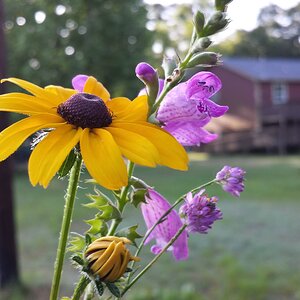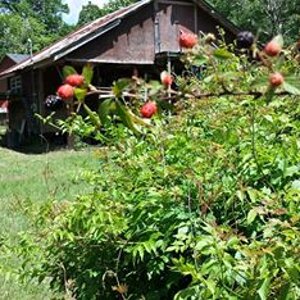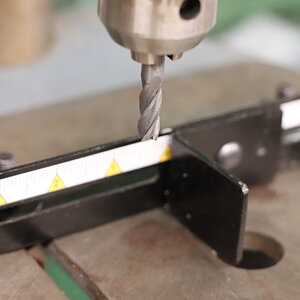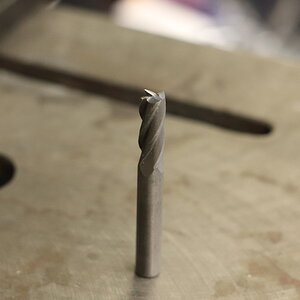JohnS.
TPF Noob!
- Joined
- Jul 9, 2008
- Messages
- 330
- Reaction score
- 20
- Location
- New York, USA
- Can others edit my Photos
- Photos OK to edit
This past weekend, I went to Boston with my family and took some pictures with my camera. The weather was insanely beautiful and nice so I didn't have any issues with settings and what not. The only issue I had was when I took pictures that involved the sky being in the picture, the sky was ridiculously bright with the rest of the picture looking somewhat normal.
I only take pictures for fun. I do not have Lightroom, Photoshop, etc. so I do zero editing. And it's not like I'm sharing these photos with everyone and posting them all over the place. With that being said, would you guys still recommend getting a couple of filters? I was thinking about picking up a polarizing filter and ND filter (I like to shoot landscape if I see something that catches me eye) but I don't know if it's worth it. I'm not looking for professional and amazing looking photos, but by the same token, I would be happy if my pictures turned out a little more even and nicer. If you would recommend my getting filters, what brand?
Thanks all.
I only take pictures for fun. I do not have Lightroom, Photoshop, etc. so I do zero editing. And it's not like I'm sharing these photos with everyone and posting them all over the place. With that being said, would you guys still recommend getting a couple of filters? I was thinking about picking up a polarizing filter and ND filter (I like to shoot landscape if I see something that catches me eye) but I don't know if it's worth it. I'm not looking for professional and amazing looking photos, but by the same token, I would be happy if my pictures turned out a little more even and nicer. If you would recommend my getting filters, what brand?
Thanks all.






![[No title]](/data/xfmg/thumbnail/39/39186-88f5235eacfd57deab14674ccf8e7f0a.jpg?1619738905)



![[No title]](/data/xfmg/thumbnail/36/36394-700ff78d7b45c663863e641a9bcf1fe1.jpg?1619737548)
![[No title]](/data/xfmg/thumbnail/39/39187-9ec2507d9e5ef2843f7f00127c7abb4c.jpg?1619738905)
![[No title]](/data/xfmg/thumbnail/30/30890-45d8875af0c79f0f727d7d55132972b0.jpg?1619734501)
![[No title]](/data/xfmg/thumbnail/39/39184-d7e9fb25ed954af6adbcacfdf106df84.jpg?1619738904)
![[No title]](/data/xfmg/thumbnail/39/39188-ef8378fc9359eda8e99899c2e12f3892.jpg?1619738906)